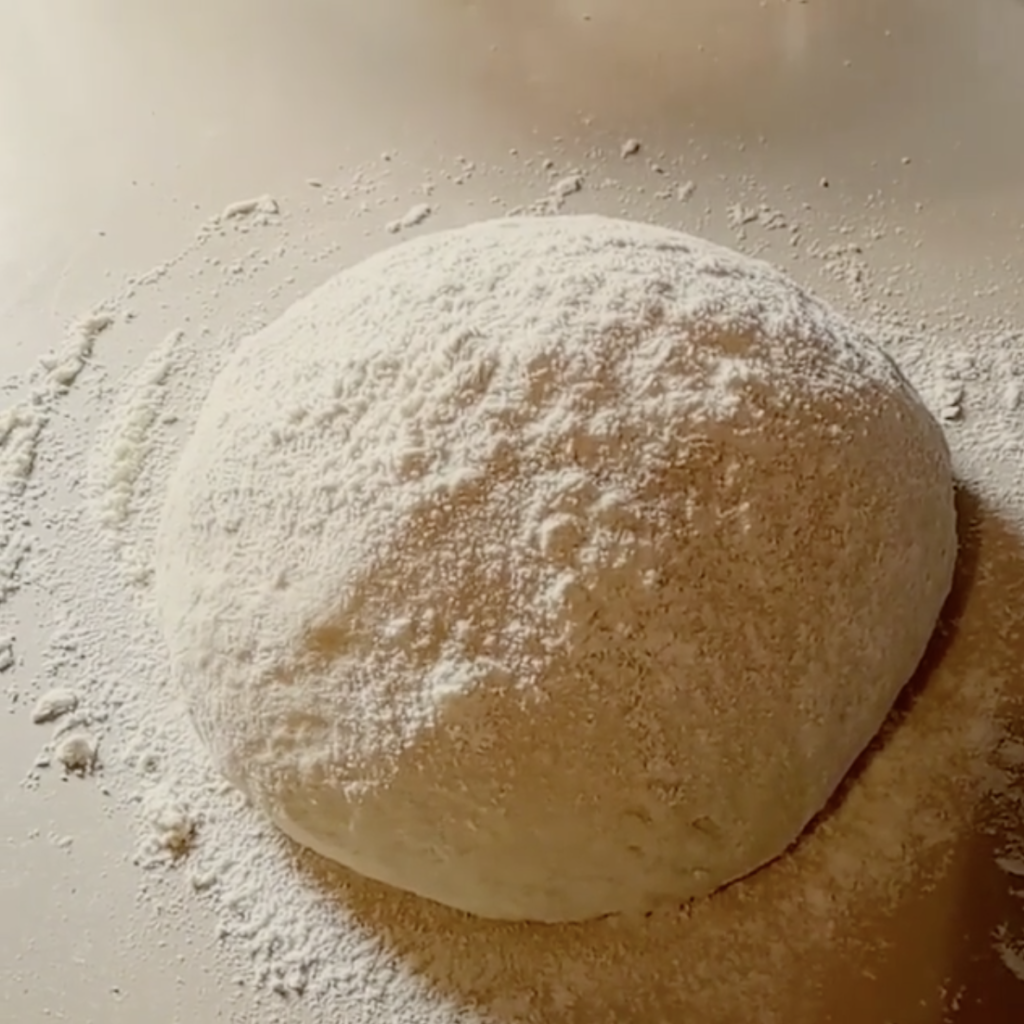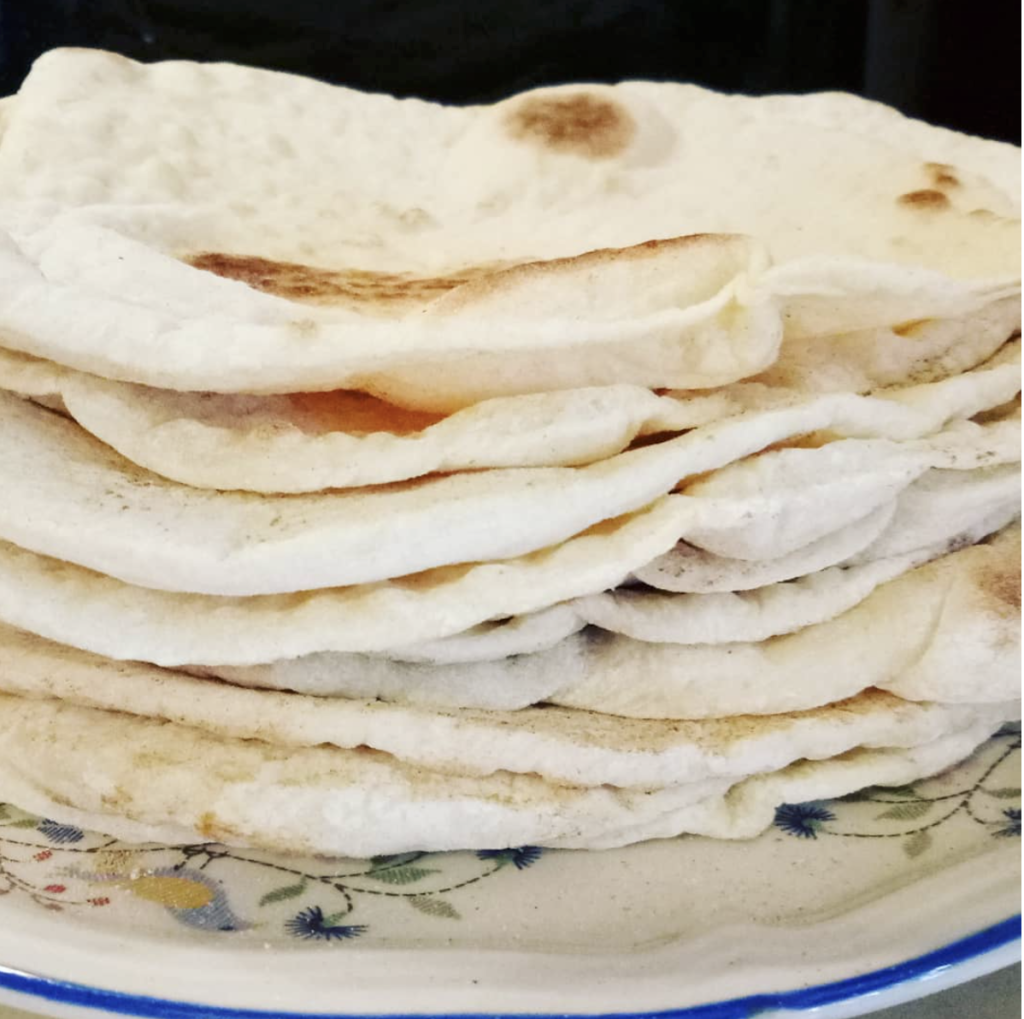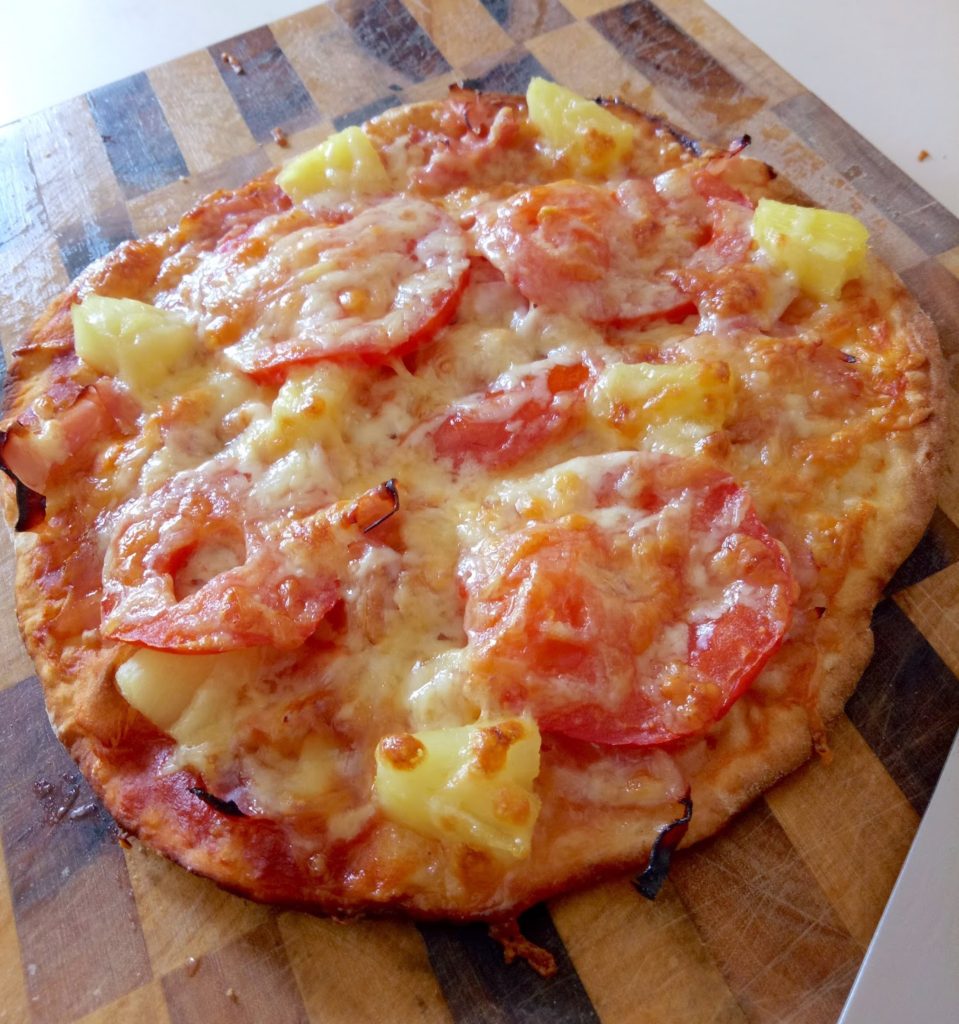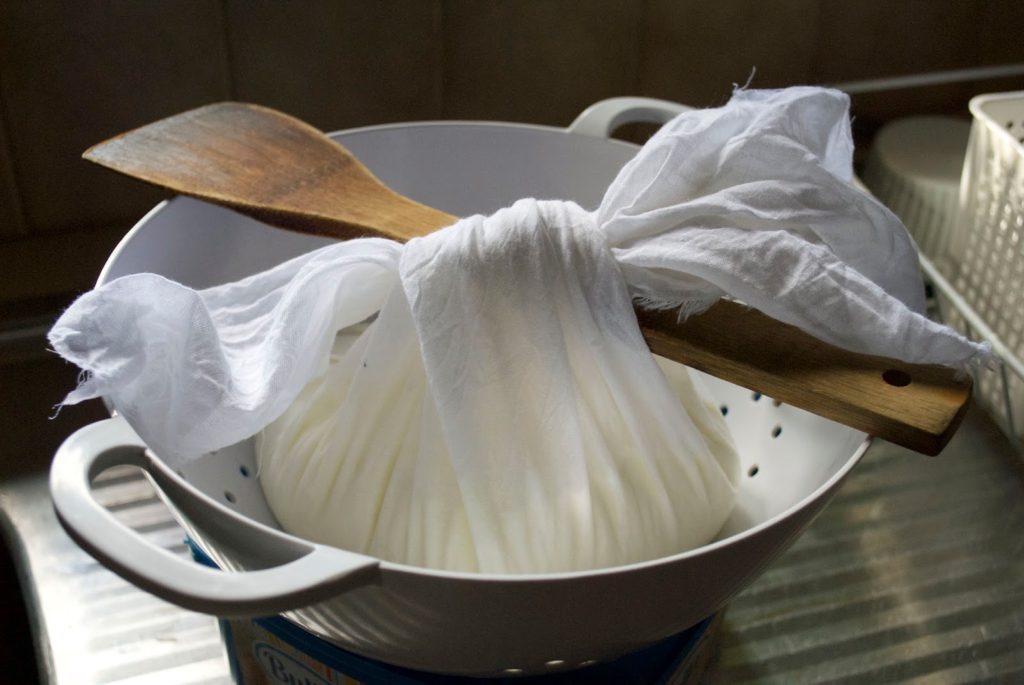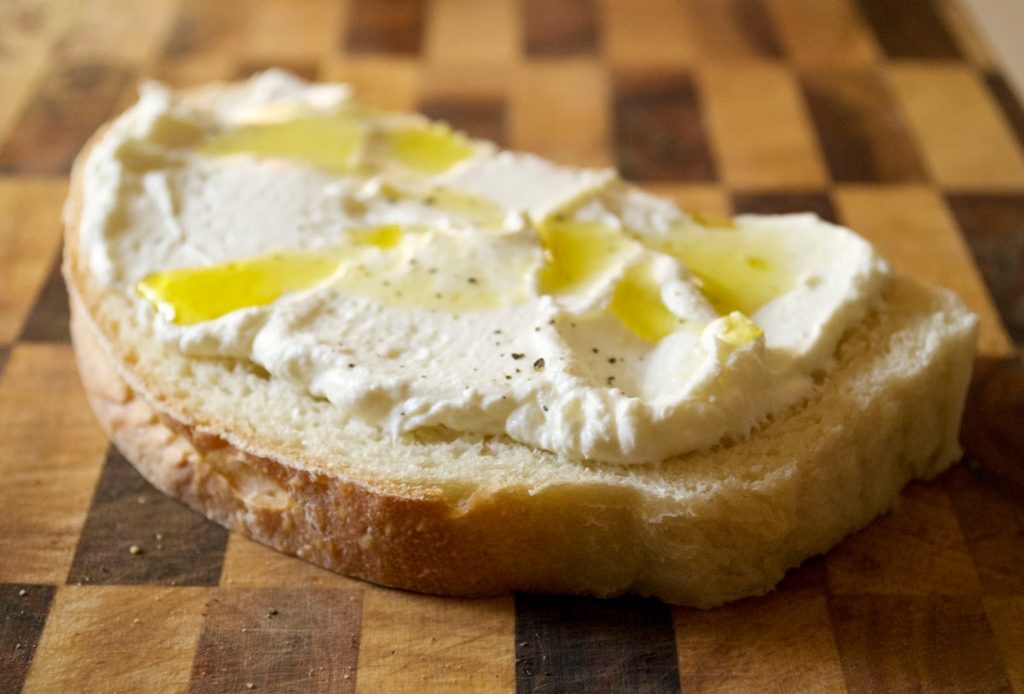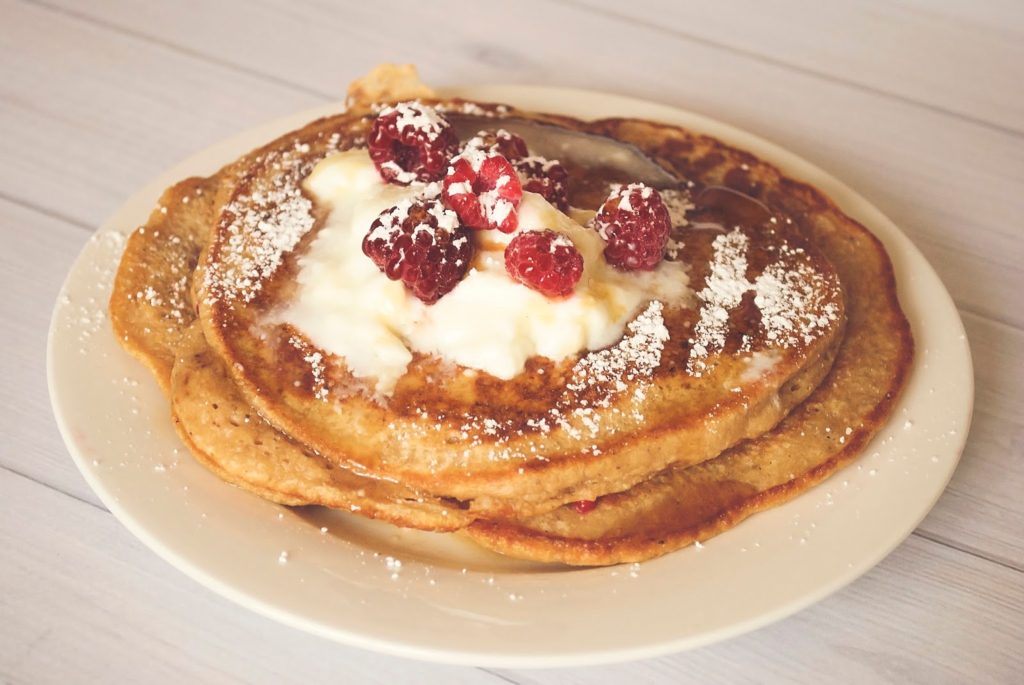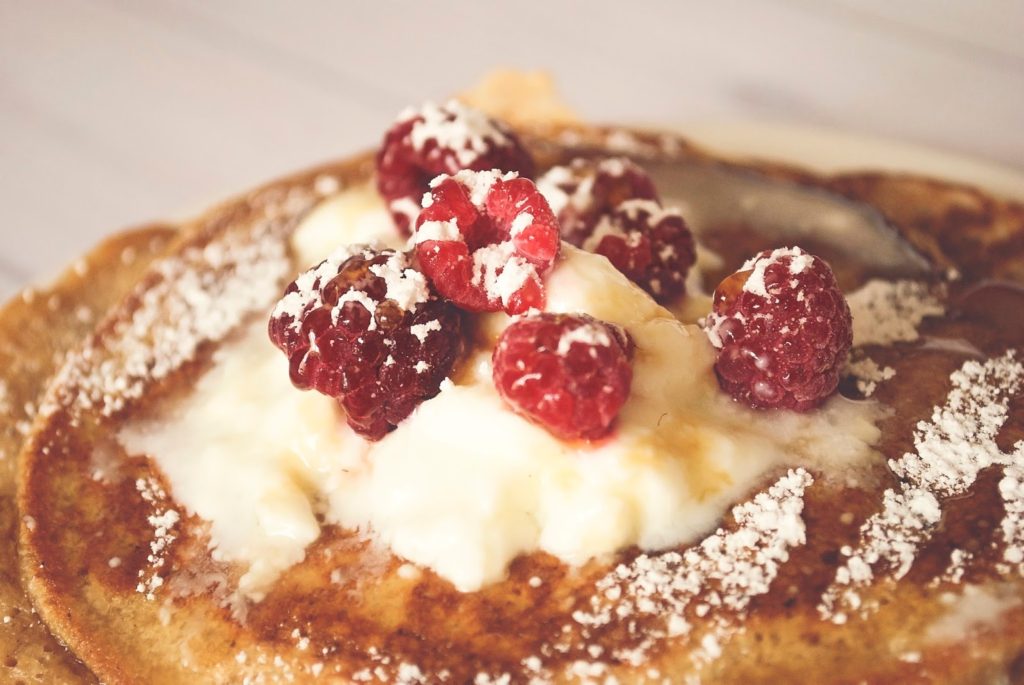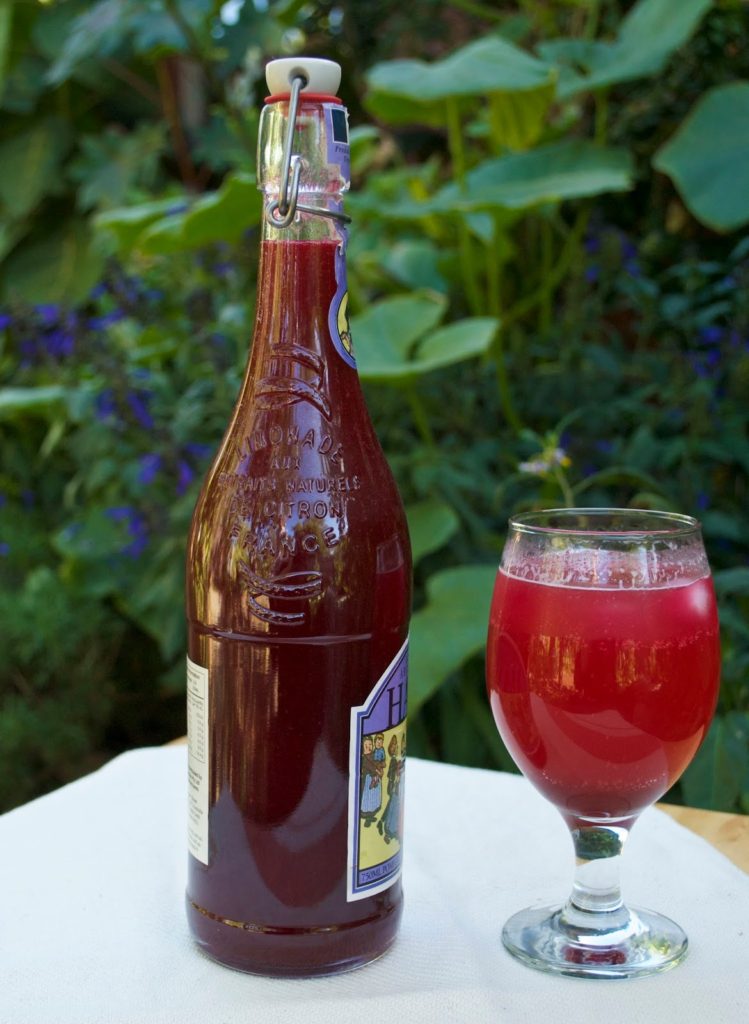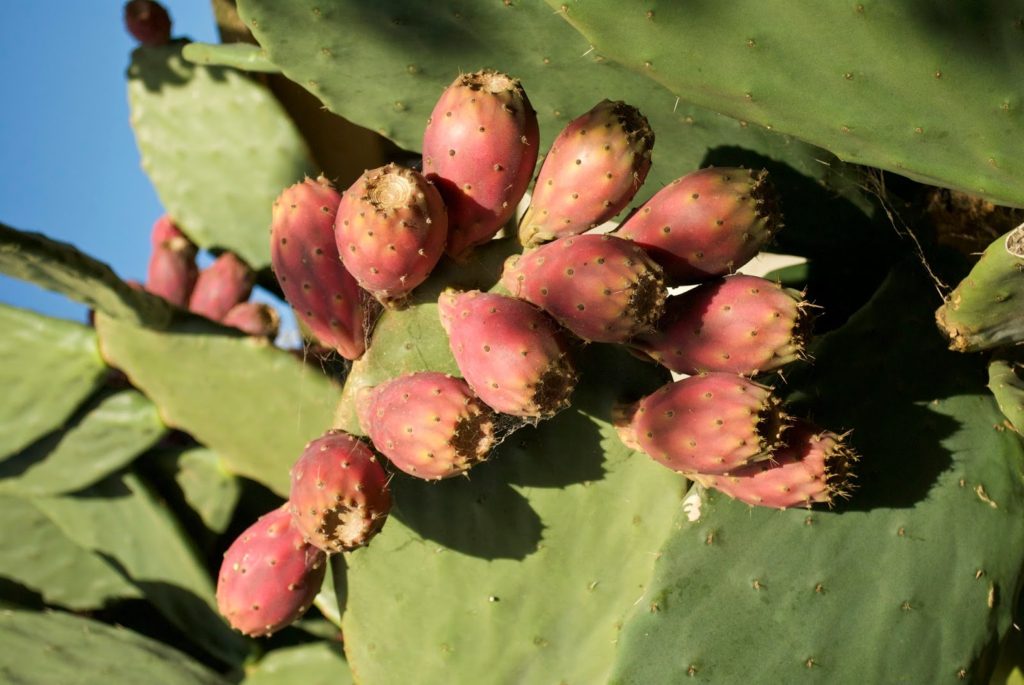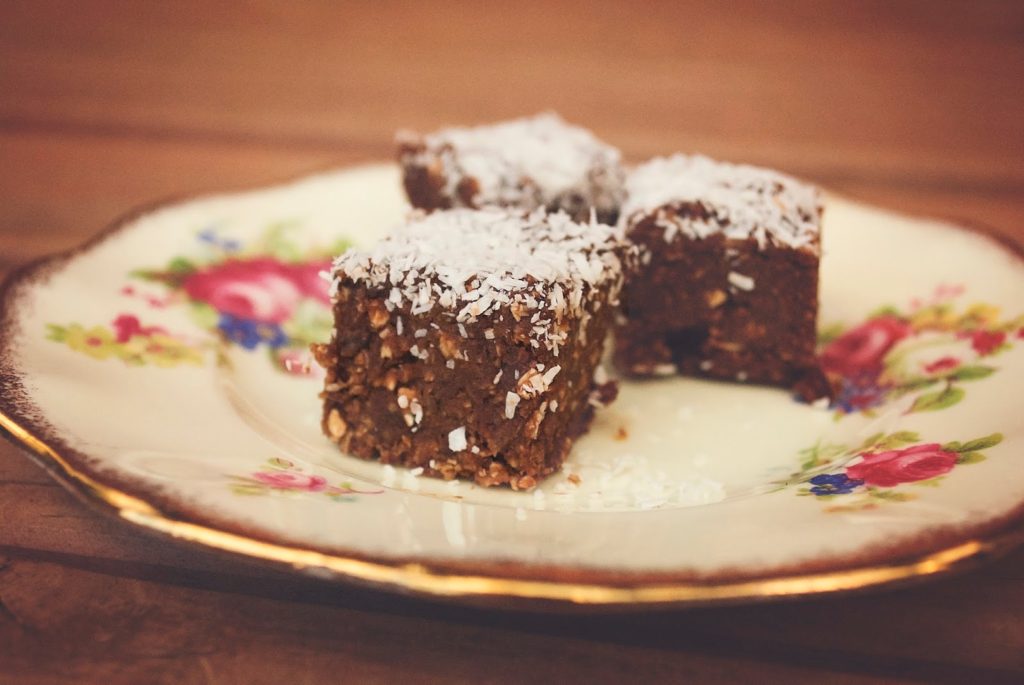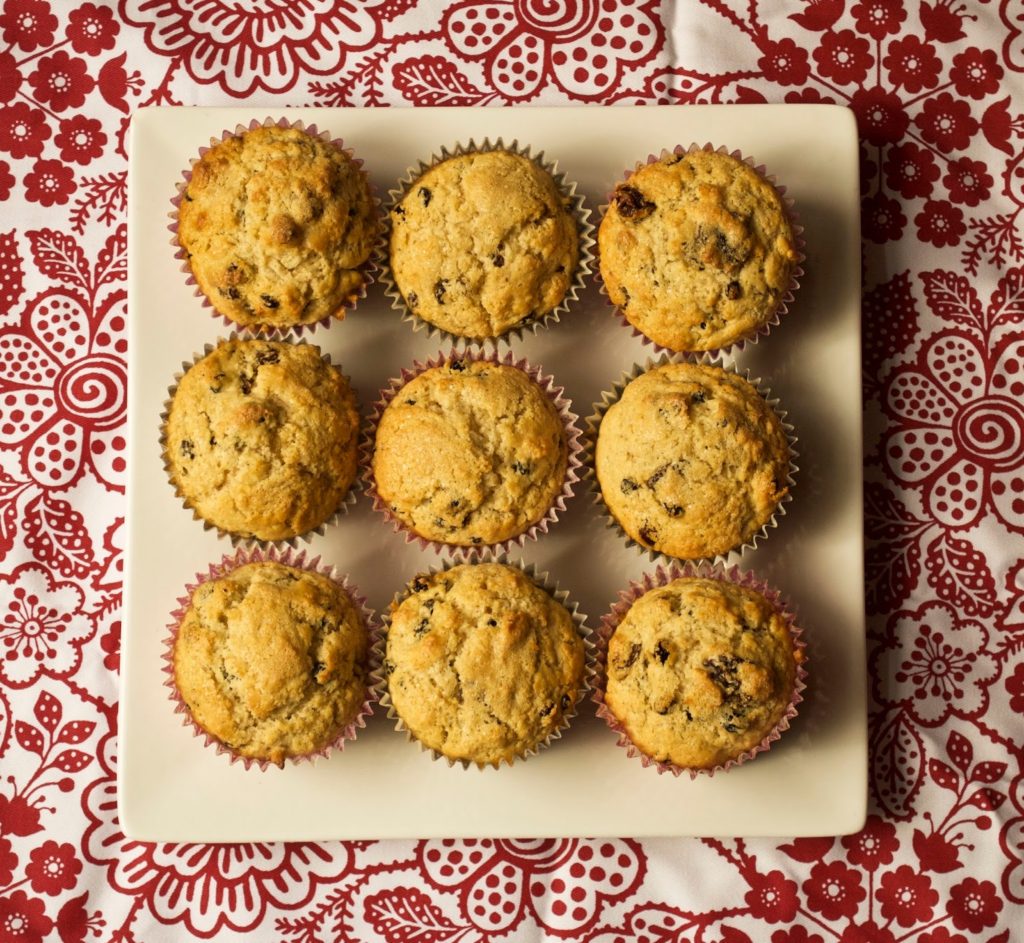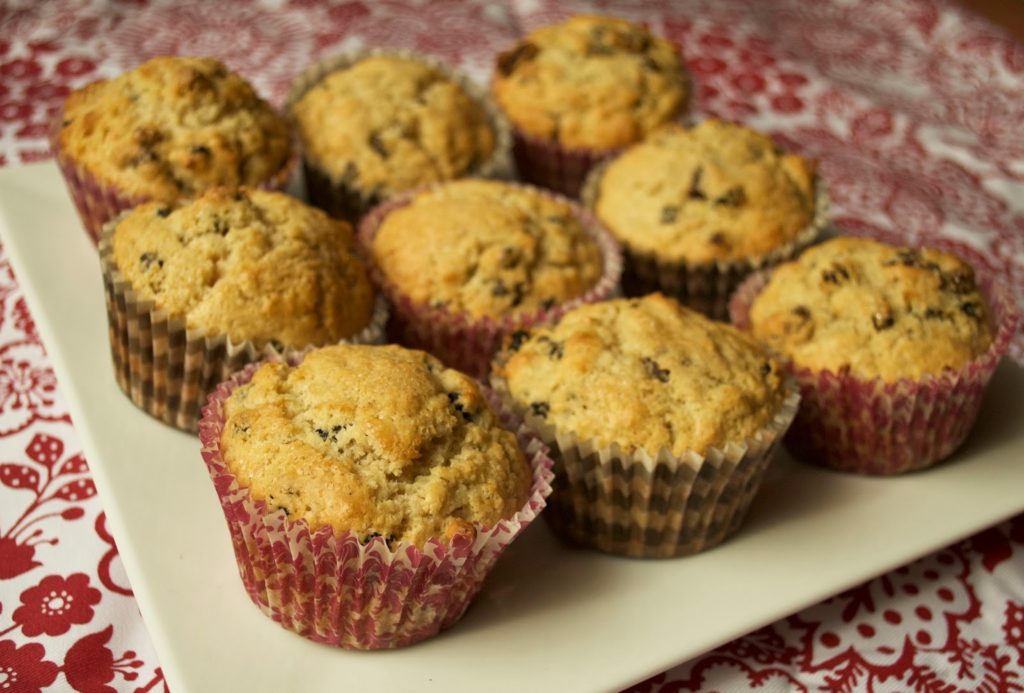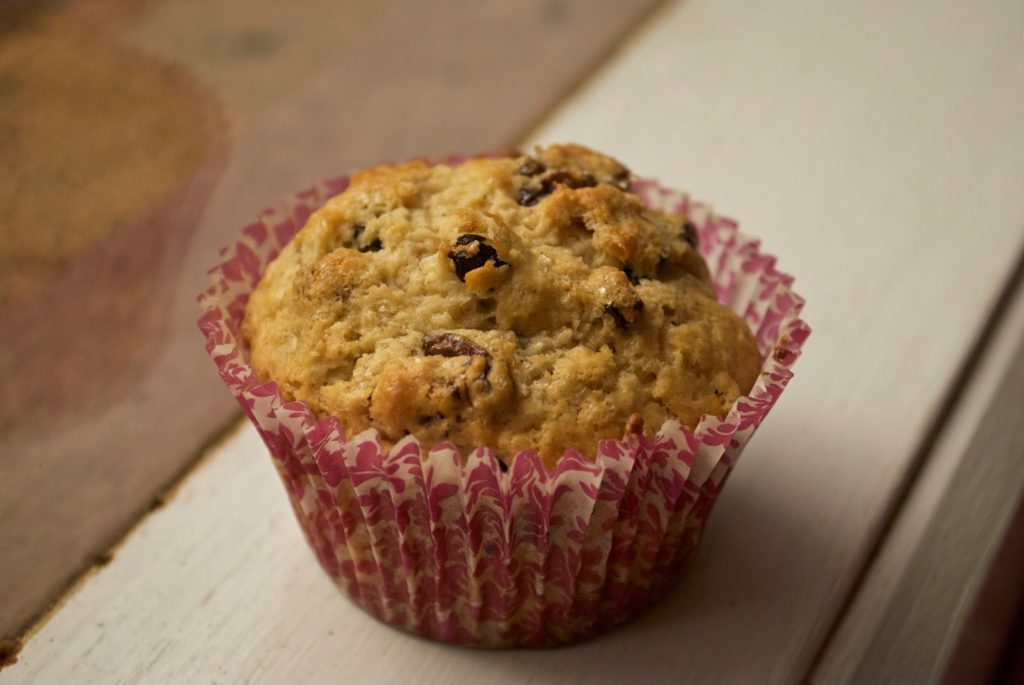This recipe was passed down from my husband’s Grandmother. There are many Anzac biscuit recipes but I really like this one, and I love to think of my husband’s Gran baking these in a warm kitchen on a wood stove.

Gran’s Anzac biscuits
ingredients:
- 1 cup plain flour
- 1.5 cups rolled oats
- 1 cup desiccated coconut
- 1 cup white sugar
- 170 grams (6oz) butter
- 1 tablespoon golden syrup
- 1 teaspoon bicarbonate of soda (baking soda)
- 3 tablespoons boiling water
instructions
- Mix dry ingredients together in a bowl.
- Melt the butter and syrup together.
- In a cup, pour the boiling water over the bicarb soda and mix.
- Pour water and soda mix into butter mixture.
- Pour over dry ingredients and mix well.
- Use a dessertspoon to portion out the dough onto a baking tray lined with baking paper. Leave room for spreading in between biscuits.
- Bake for 15 – 20 minutes at 160 degrees (C) or 320 (F)
- Allow to cool on tray until firm enough to move to a baking rack.

